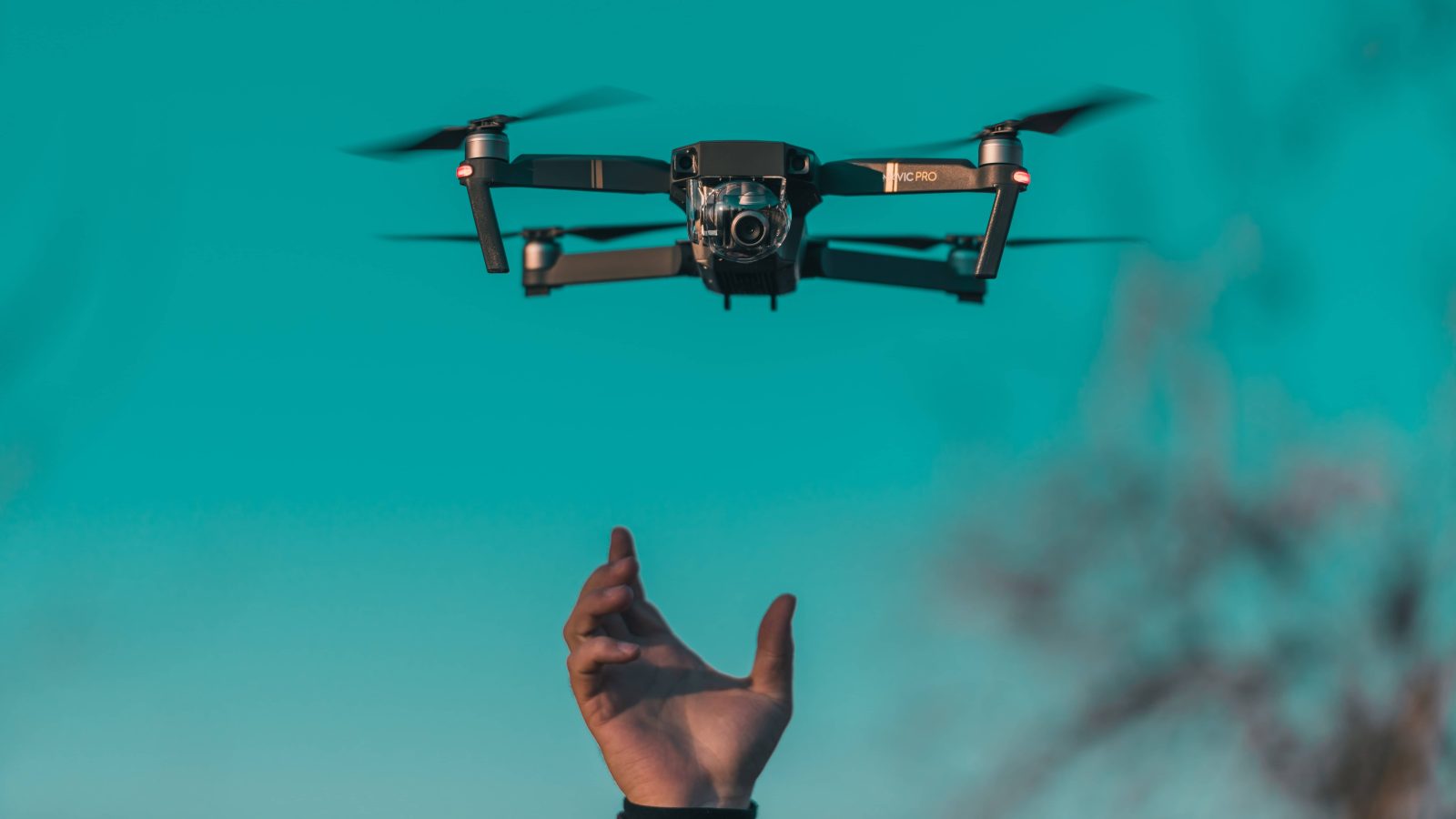
The European Union Aviation Safety Agency (EASA) has published its final guidelines explaining how UAS manufacturers and government agencies can measure the noise level of their drones, ensuring they are not a nuisance to people and wildlife.
The guidelines, aimed at providing harmonized procedures to measure the noise of drones used in the low and medium-risk operations of the ‘specific’ category, build on the initial public consultation phase which commenced in October 2022. They apply to a wide variety of drone platforms – such as multicopters, fixed-wing aircraft, helicopters, and powered-lift aircraft – as long as their weight is below 600 kg.
In addition to the final guidelines, EASA is also providing a template for a typical noise report that drone makers can use to submit noise data, as well as a self-explanatory spreadsheet assisting the noise adjustment procedures. You can download all this material here.
It’s worth highlighting that these guidelines are to be used voluntarily and do not constitute applicable requirements for the certification of drones. All they intend to do is close the gap relating to noise measurement standards in the “specific” category. Operations within this category might include activities such as package deliveries, powerline inspections, bird control, mapping services, aerial surveillance, or roof inspections.
As EASA certification director Rachel Daeschle has explained before, “New types of aircraft will be used in a wide variety of locations and introduce unfamiliar sounds which vary with the diversity of design. EASA recognizes that noise is a concern for many European citizens. These guidelines aim to offer a consistent measurement method and will help set expectations for manufacturers, national aviation authorities, and other relevant authorities.”
Read: Drone 3D model platform now accepts videos from phones, GoPro
FTC: We use income earning auto affiliate links. More.






Comments